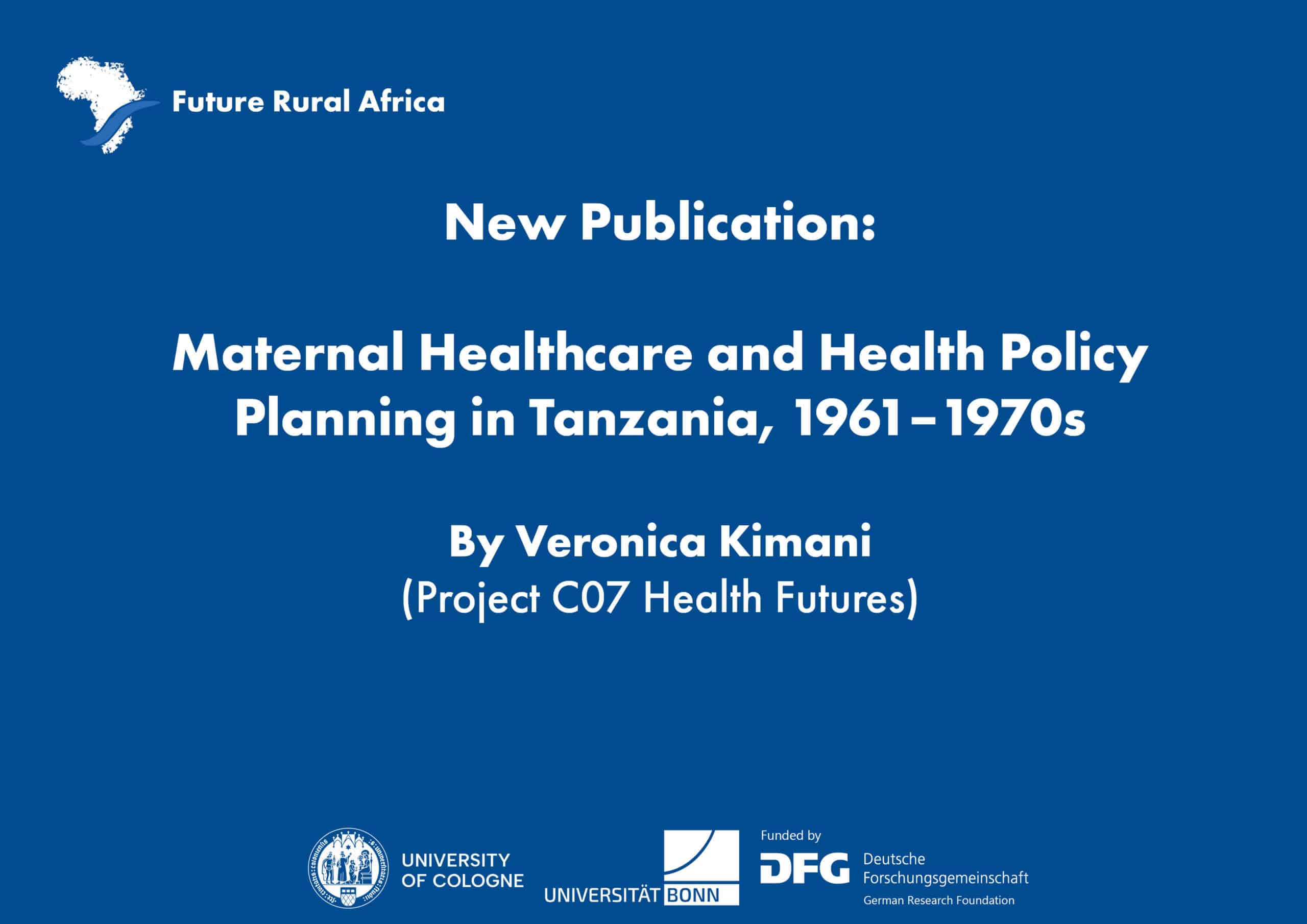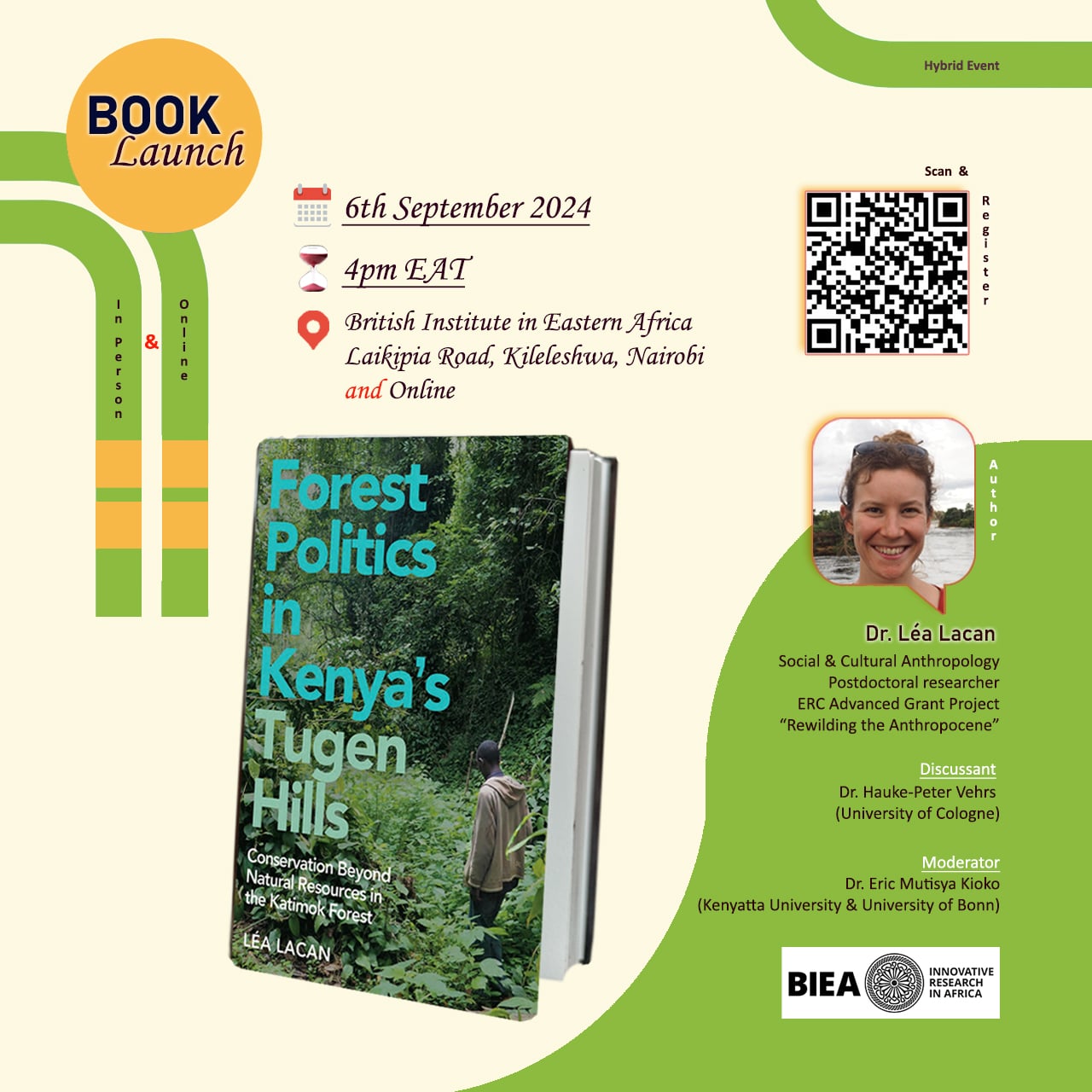How does land-use change including road development point us towards the origins of a future pandemic? What insights would mapping land-use changes provide in tracking hotspots for infectious arbovirus diseases?
Two Future Rural Africa Principal Investigators: PD. Dr. Sandra Junglen and Jun-Prof. Dr. Lisa Biber-Freudenberger are awardees of a three-year research grant from the German research foundation, DFG (Deutsche Forschungsgemeinschaft). Their research will focus on understanding epidemic emergence in the rural areas of Uganda based on a multi-host and multi- pathogen system. Additionally, the project will map out the interrelation of land-use and socioeconomic change including road development, deforestation, population growth, and other factors, as drivers of infectious disease breakouts.
Their interdisciplinary team including senior researchers from Makerere University and the Ugandan Research Institute will detect and model arbovirus infection and transmission patterns in mosquitoes, livestock, and humans. This entails studying cattle and goats as hosts for the Rift Valley fever virus, chicken as hosts for the West Nile virus, and humans as hosts for the Dengue virus, Chikungunya virus, Zika virus, and Yellow fever virus, in varying ecological and socioeconomic conditions. In doing so, they will identify patterns and drivers of these emerging diseases.
Research has indicated a close link between the emergence of infectious diseases, especially vector-borne zoonotic diseases, to environmental and climatic changes such as biodiversity loss, land use, and socio-economic change. Shifts in species abundance as well as increasing livestock densities have particularly, heightened the prevalence of infectious disease transmission patterns, and as a result, accelerated pandemic emergence.
Additionally, the project will be able to predict the effectiveness of policy interventions to reduce current and future risks of zoonotic epidemic outbreaks under changing environmental and socioeconomic conditions.
In conversation with Future Rural Africa PR officer, Tracy Kariuki, the two senior researchers discuss central tenets of their research, scheduled to kick off in 2022.
Tracy: Why is it important to study these pathogens earlier on before an occurrence of an outbreak?
Sandra: While the origins of these viruses have remained rather obscure, understanding the source and transmission cycle of these infectious diseases is of utmost importance in curbing and preventing epidemic outbreaks. Investigating how a new pathogen adopts a new host, is a critical point in understanding the evolution of the virus.
Tracy: What is the connection between changes in land use and the prevalence of arboviruses?
Lisa: Environmental degradation, deforestation, and agricultural intensification play a significant role in dismantling the boundaries between humans and wild animals, consequently, increasing the probability of contact between humans and host species of arboviruses.
Additionally, disturbances to the ecosystem’s ecological conditions as driven by climate change, have changed species distributions disrupting the natural composition of species. This is often to the benefit of more generalist species that are at the same time also more likely to transmit infectious diseases including different mosquito species. The connection here between land and viruses’ transmissions can be denoted as the result of a rapidly changing ecosystem, and an intensified interaction between humans and disease-transmitting species.
Sandra: The biodiversity loss causing the prey and predator imbalance is the coming of age of the dilution effect, which plays the role of controlling the species network in the prey and predator principle. Species in a diverse ecosystem keep the network balance in control, by regulating both abundances and extinctions.
When this complex and interconnected ecosystem is disturbed, some species acquire an advantage, increase in numbers, and in situations where these species are hosts to arbovirus pathogens, they potentially carry the risk of a higher prevalence rate. Therefore, maintaining the ecosystem’s balance is important. From our observation of mosquitoes, disturbed ecosystems continue to record high infections and transmission rates.
Tracy: Do the existing challenging conditions, such as the Malaria epidemic in Uganda exacerbate the eruption of new arbovirus diseases?
Lisa: While preexisting ecological conditions and pathogen distribution on the ground may help us understand the origins of outbreaks, the project’s aim is to map emerging diseases patterns and derive the factors influencing subsequent spillover events, where a virus is first able to infect only an intermediate host species before it develops a mechanism to infect also humans. For instance, what are the beneficial environmental conditions for spillover events of these viruses, and how are future land-use changes and different policy scenarios likely to affect the transmission of diseases?
Tracy: Are there going to be collaborative synergies between this project and other projects within the Future Rural Africa project?
Lisa: We have already established a strong connection between this new project and other projects of the CRC. For instance, Sandra’s project, Future Infections, has been studying arbovirus development and occurrence and in my case, the Future Roads project, (Road mediated trade-offs between conservation and development), will be important in broadening the research to include how roads influence the transmission of viruses. The CRC and this new project will benefit each other in terms of data exchange, backstopping research ideas, and discussing findings. Additionally, making the connection between emerging infectious diseases and social-economic changes, deforestation, and land-use change associated with large-scale infrastructure projects. Think about it as an attempt to bring different pieces of a jigsaw puzzle together. Making these connections is what sets the project apart from the rest of our research work and adds new dimensions to what we have been working on.
Tracy: Roads are part of large-scale land-use change and are also part of developmental agendas. Is there a possibility to strike a balance between the benefits of road infrastructures; for connectivity and mobility purposes, vis-a-vie mediating the negative environmental impacts of deforestation, disruption of ecosystems, and the risks of increasing arbovirus transmissions?
Lisa: We haven’t done the research yet, and at this stage, it is quite difficult to propose a balance. As you are aware, roads are important drivers of land use and socioeconomic change. On the positive end, they connect people to markets, goods, and services, as well as widen accessibility points for livelihood expansions and income opportunities. However, in doing so, habitual land supporting flora and fauna is diminished through land clearing, deforestation, exposure to poaching, incidences of road accidents, noise, and pollution from vehicle emissions. Roads also introduce the land to damaging and unsustainable human activities such as agricultural intensification and mining which exhausts soils’ fertility. Other socio-economic changes are also witnessed in increasing land prices and the creation of real estate bubbles, which lockout individuals from the possibilities of owning land.
Although biodiversity and conservation factors are increasingly making their way into policy development, for instance in mitigating carbon storage and emissions, disease regulation, is often missing in the equation and rarely considered in decision-making processes. Therefore, it is crucial to fill this gap and provide policy-relevant knowledge considering the connection between land-use change and policy development.






